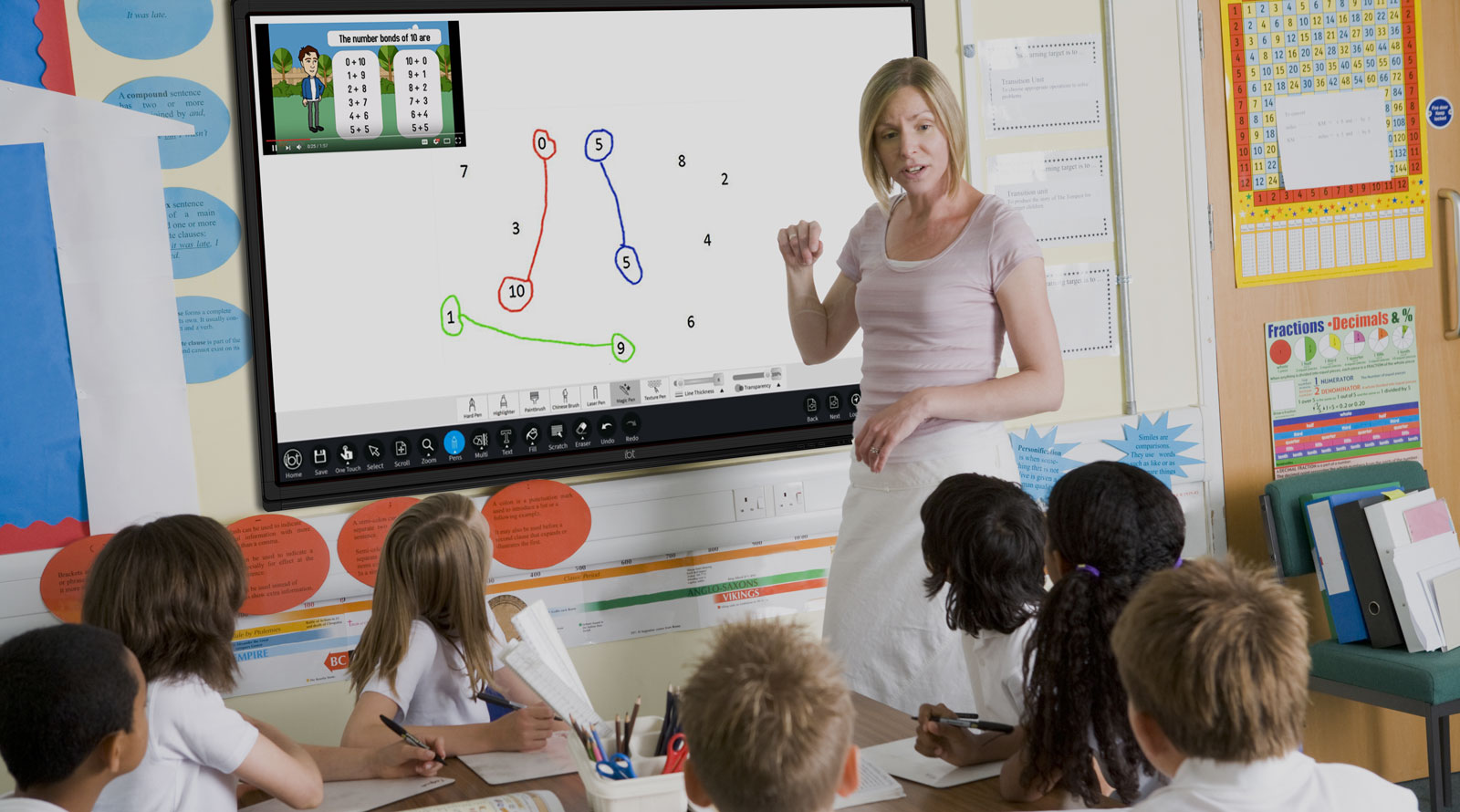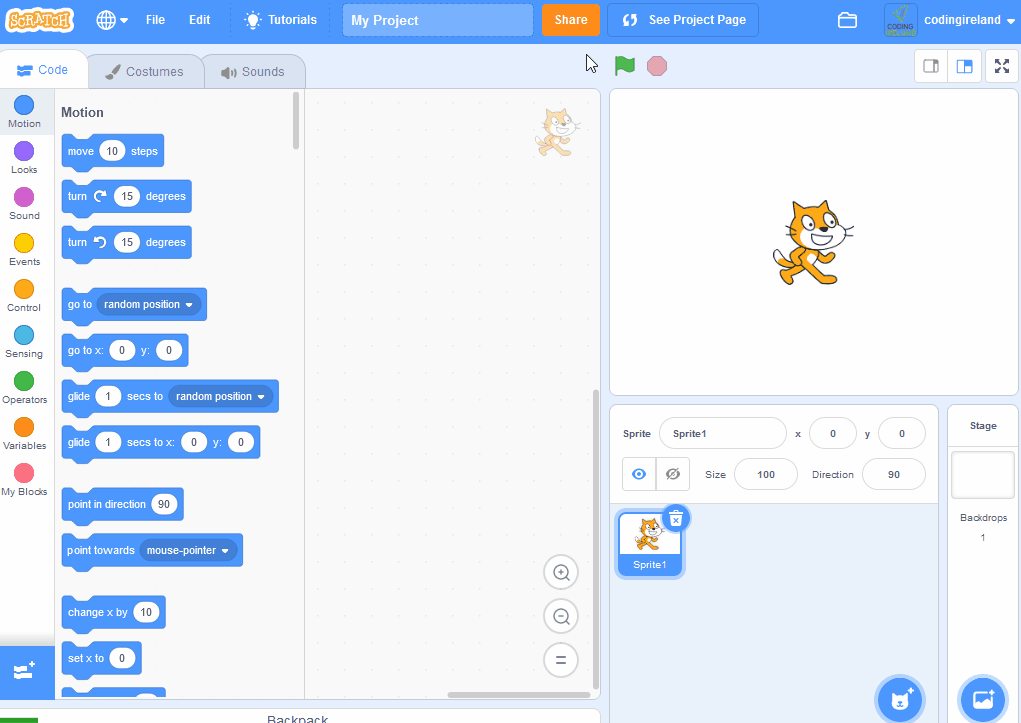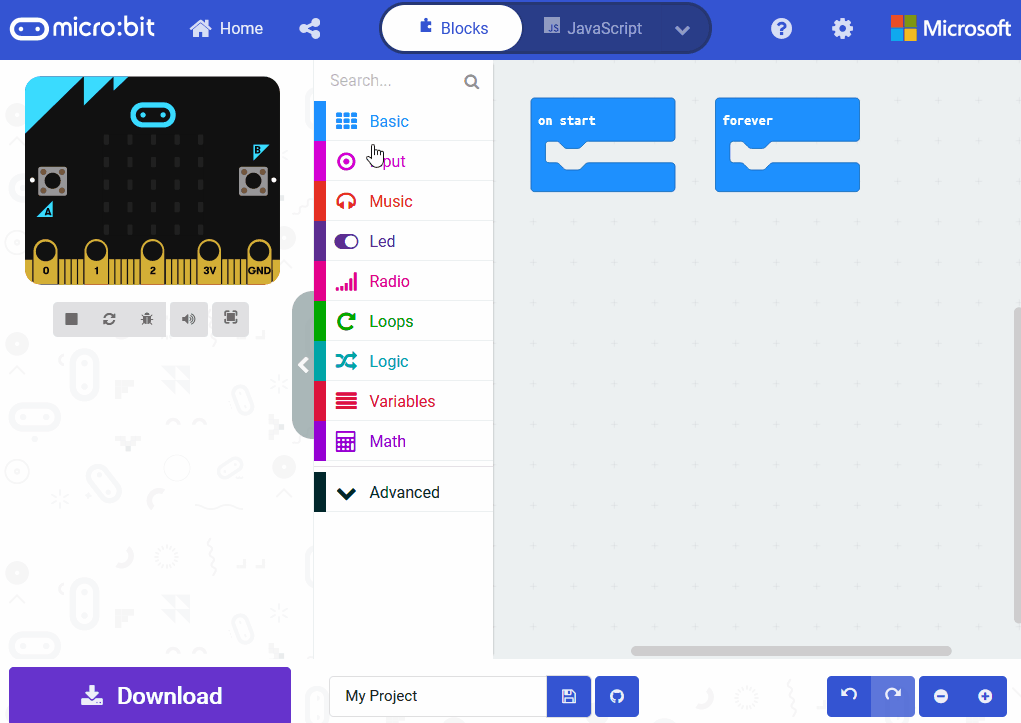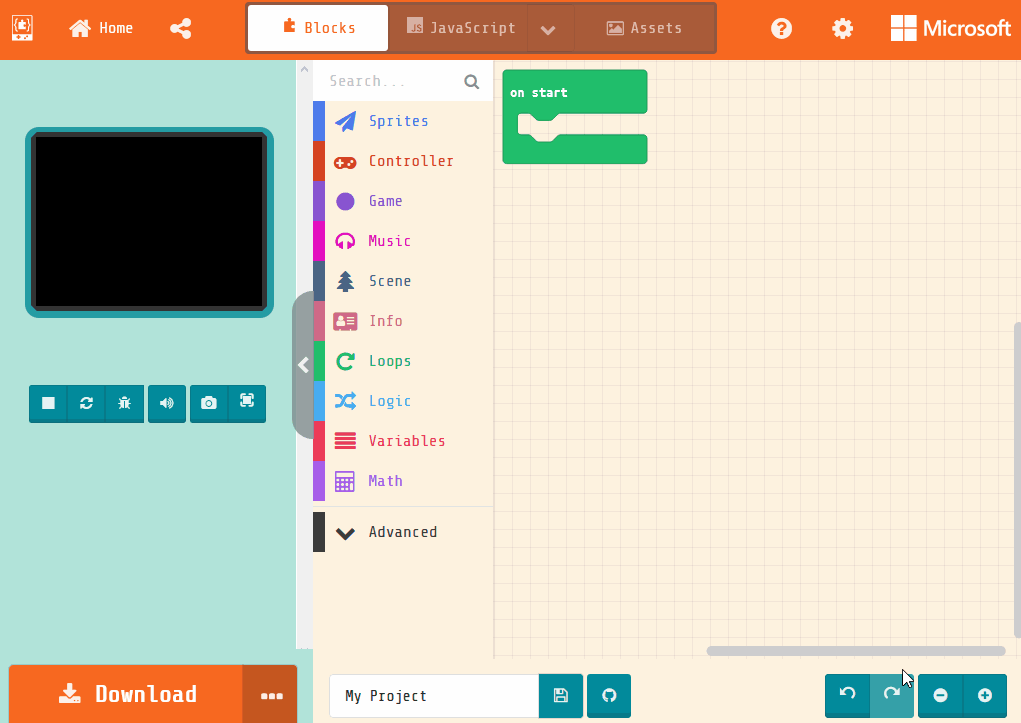This lesson gently reintroduces coding ideas through music, rhythm, and simple storytelling. You’ll guide pupils to try clear commands, short sequences, if/then choices, and easy loops using familiar actions and sounds.
Materials Needed:
-
Simple prompt cards (actions/sounds)
-
Optional cut-and-stick worksheet
-
Scissors and glue (if using worksheets)




